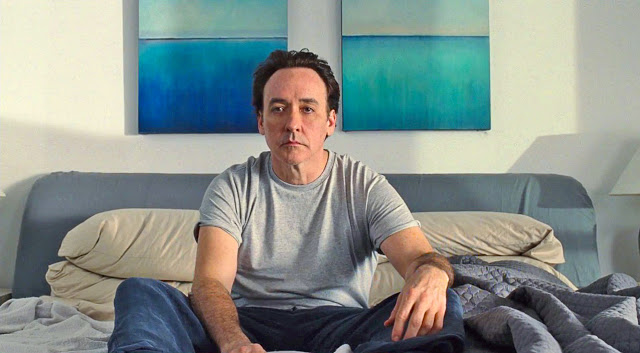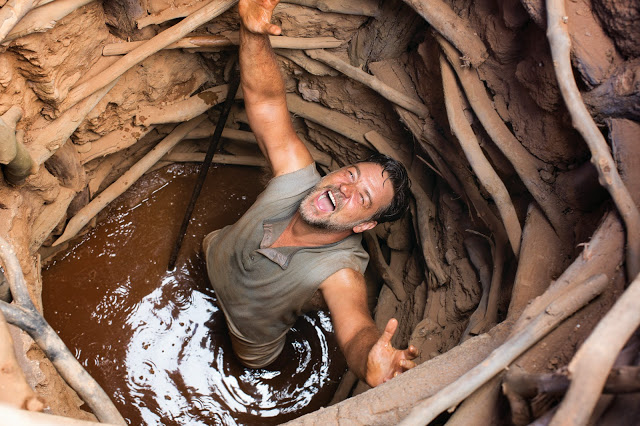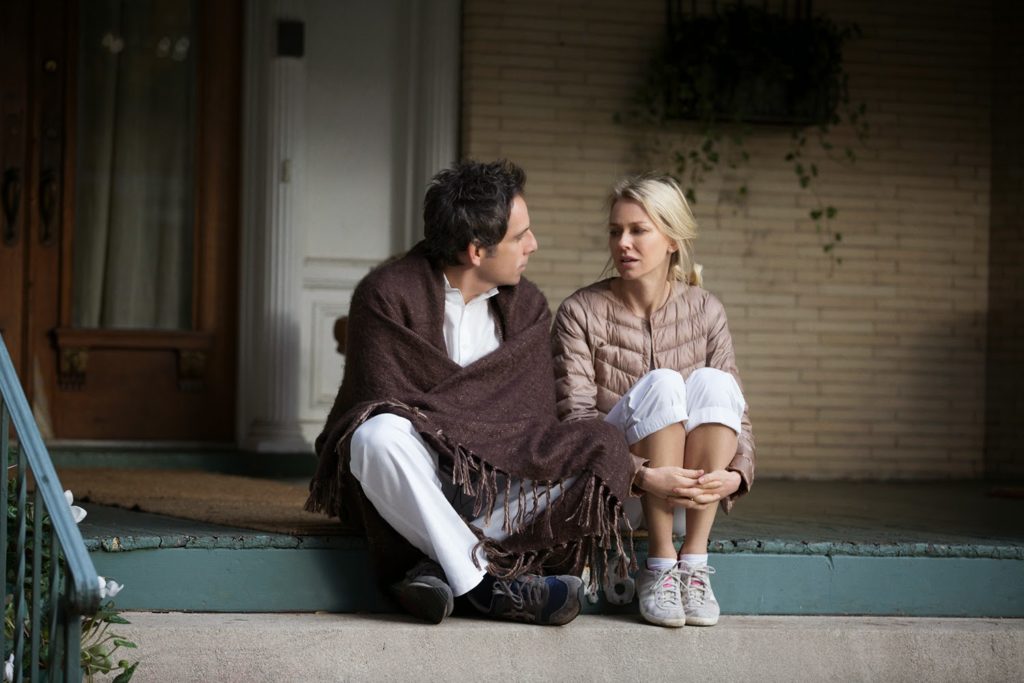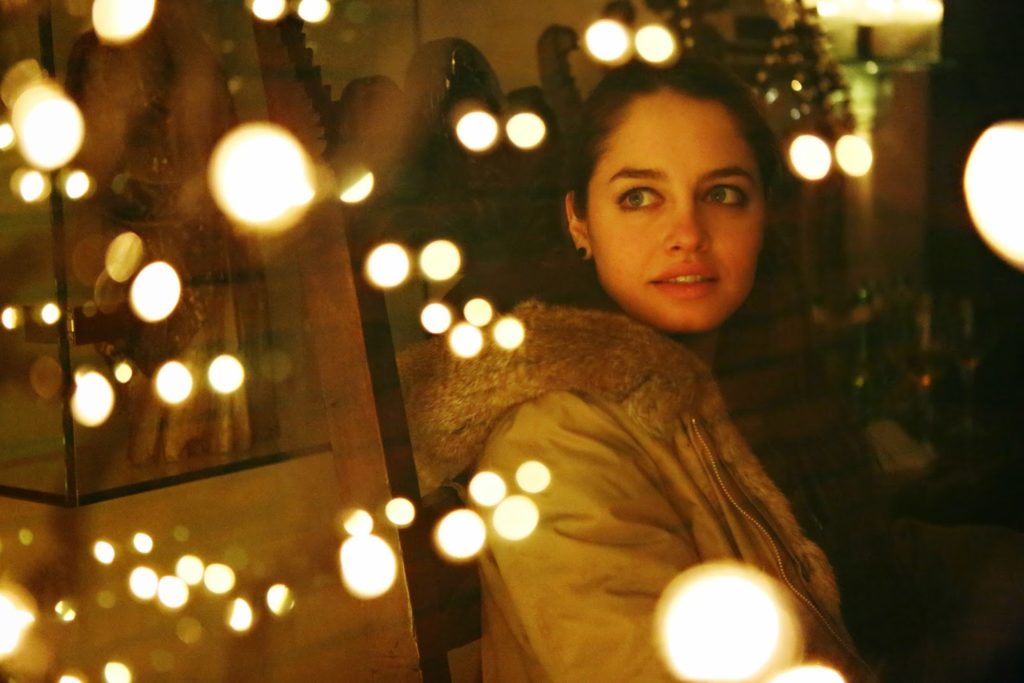Me and Earl and the Dying Girl: The Schmaltz in Our Stars
I often censure movies for being generic; no film is more hollow than one without a personality. The flip side, however, is the movie that pummels its audience into submission via a surfeit of quirk. This is why Me and Earl and the Dying Girl—Alfonso Gomez-Rejon’s skillfully made, unrelentingly precious, ultimately insufferable weepie—is a strangely worthwhile brand of disappointment. It is by no means lacking in individuality, and it sporadically sparkles with wit and ingenuity. But it channels its eccentricity in frustratingly clichéd ways, bludgeoning viewers with an onslaught of tackiness and schmaltz. It tries very hard to win your heart, and its calculated efforts to do so make it both laudable and oddly detestable.
Here is an example of this movie’s shtick: During one of his shaggy-dog voiceovers, Greg Gaines (Thomas Mann) analogizes hot girls—in particular the oblivious manner in which they exert their sexuality and power over horny boys—to moose inadvertently trampling over helpless chipmunks. It’s a cute enough metaphor, and the first time Greg describes it, Gomez-Rejon cuts to a crude piece of claymation that playfully illustrates two such animals acting out that very scenario. That’s a wry bit of visual inventiveness and formal looseness, but Me and Earl and the Dying Girl can’t let well enough alone. For the remainder of the movie, every time the token hot girl carelessly touches Greg’s shoulder, Gomez-Rejon returns to that image of the anthropomorphic moose and its pitiful chipmunk victim. The film desperately wants you to sympathize with the chipmunk (and, by proxy, Greg), and it actually half-succeeds; by the time it ends, you, too, will feel like you’ve been stomped on repeatedly. Read More





